All Science
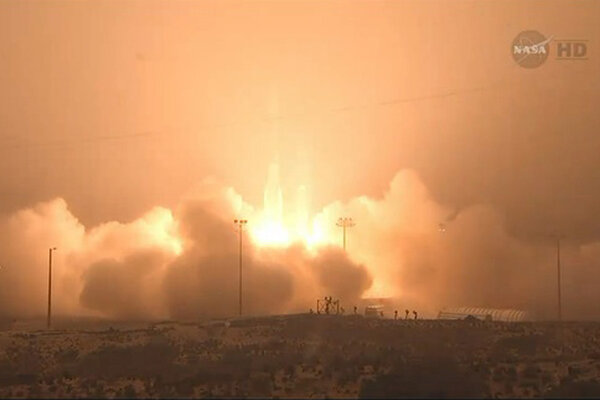 NASA finally launches that carbon monitoring satellite
NASA finally launches that carbon monitoring satelliteA launch-pad malfunction forced NASA to scrub the launch of its Orbiting Carbon Observatory-2 satellite on Tuesday, but on Wednesday the space agency was able to ensure a successful liftoff.
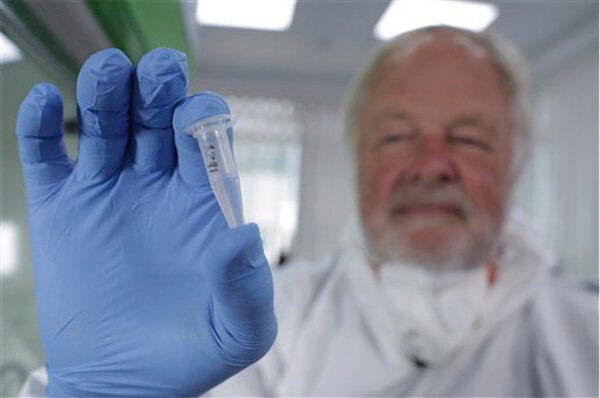 How genetic sequencing is stomping on the Bigfoot myth
How genetic sequencing is stomping on the Bigfoot mythAn analysis of more than 30 hair samples purported to be from Bigfoot are actually from bears, cows, raccoons, and other mammals already known to science.
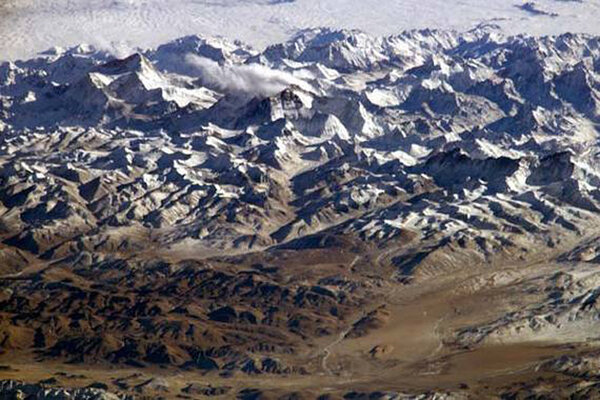 Did Tibetans inherit their high-altitude genes from a different species?
Did Tibetans inherit their high-altitude genes from a different species?Tibetans and Sherpas adapted to high altitudes thanks to genes from an extinct human lineage known as the Denisovans, new research suggests.
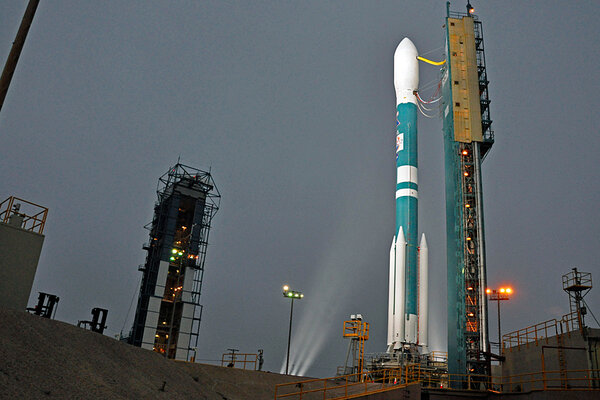 NASA rocket launches carrying carbon satellite, after 2009 failure
NASA rocket launches carrying carbon satellite, after 2009 failureNASA rocket launch: The Delta 2 rocket blasted off from California early Wednesday morning and released the Orbiting Carbon Observatory-2 satellite in low-Earth orbit 56 minutes later, bringing relief to mission officials who lost a similar spacecraft five years ago.
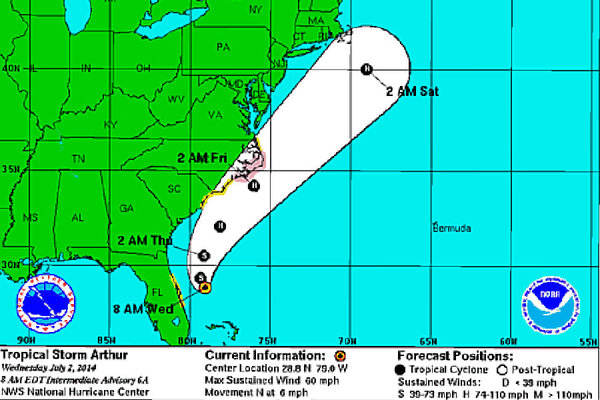 Hurricane Arthur: Where is the storm headed?
Hurricane Arthur: Where is the storm headed?Hurricane Arthur is actually still a tropical storm. But Arthur is forecast to reach hurricane strength Thursday and move north off the East Coast. Will Arthur force Boston to cancel or postpone its fireworks?
 'Bigfoot' hair samples undergo DNA analysis: Big mammals, yes. Bigfoot, no.
'Bigfoot' hair samples undergo DNA analysis: Big mammals, yes. Bigfoot, no.'Bigfoot' hair samples, studied in collaboration between Bigfoot believers and geneticists, failed to reveal new primate DNA, but scientists may have discovered a new species of bear.
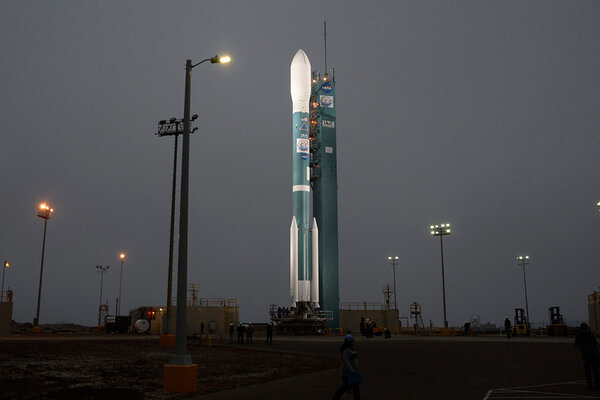 Why did NASA scrub the launch of a carbon monitoring satellite?
Why did NASA scrub the launch of a carbon monitoring satellite?A glitch with the water flow system on a launch pad has delayed the launch of the Orbiting Carbon Obervatory-2 satellite, which is designed to measure our planet's atmospheric carbon dioxide.
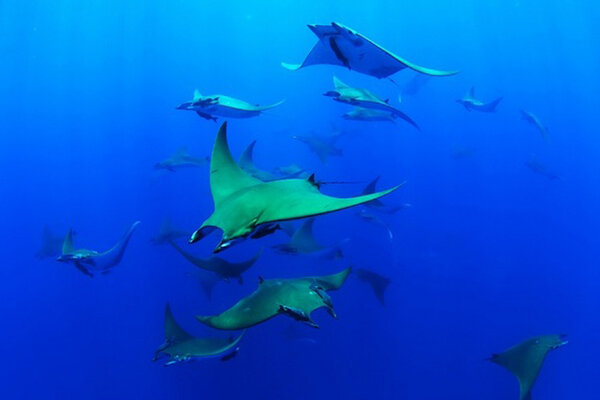 Why do devil rays have a heat-exchanger under their brains? Scientists unravel mystery.
Why do devil rays have a heat-exchanger under their brains? Scientists unravel mystery.Chilean devil rays, long thought to keep to shallow waters, actually dive to depths of 6,000 feet, scientists have discovered.
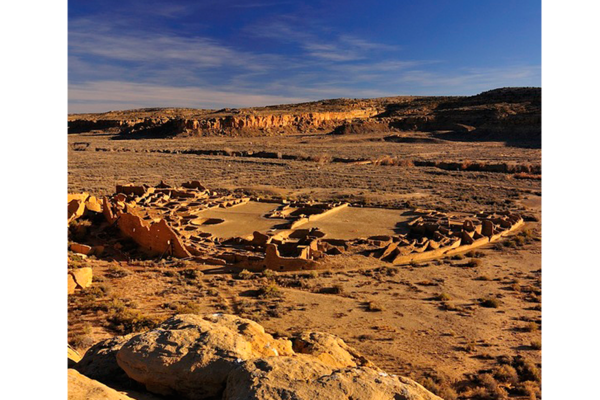 What caused the baby boom in the American southwest 1500 years ago?
What caused the baby boom in the American southwest 1500 years ago?From about 500 AD to 1100 AD, Native Americans living in what is today the Four Corners region experienced a rapid population growth, say anthropologists. What caused it?
- Plastic garbage on ocean's surface is vanishing. Where is it going?
Large amounts of the plastic debris littering the ocean's surface seems to be disappearing. But scientists are at a loss to explain where it's going.
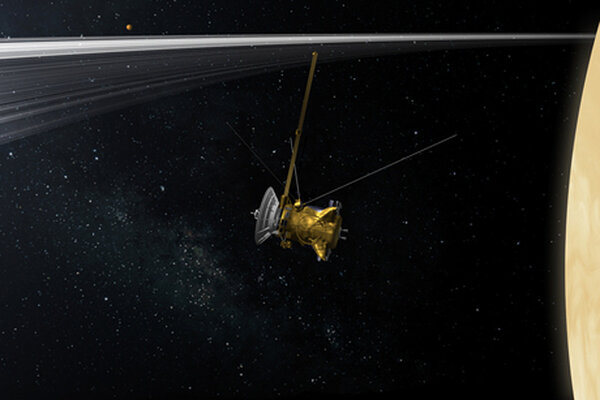 Saturn-orbiting spacecraft to go out with a bang, says NASA
Saturn-orbiting spacecraft to go out with a bang, says NASAFor its "grand finale," the Cassini space probe will orbit between Saturn and its innermost ring, before plunging itself into the gas giant's atmosphere.
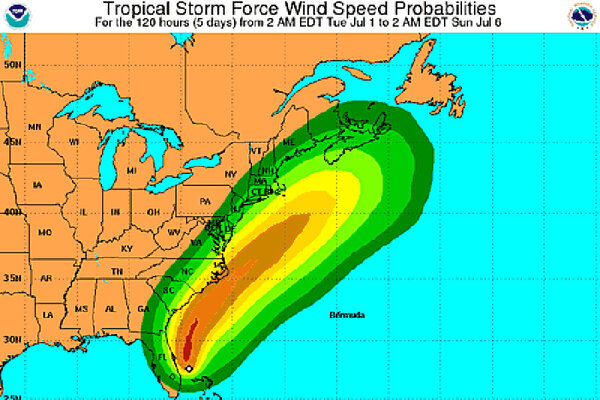 Hurricane Arthur: Will it ruin the July 4th celebrations?
Hurricane Arthur: Will it ruin the July 4th celebrations?Hurricane Arthur: A storm off Florida is expected to reach hurricane strength by Thursday, July 3. Will hurricane Arthur track close enough to ruin East Coast July 4th plans?
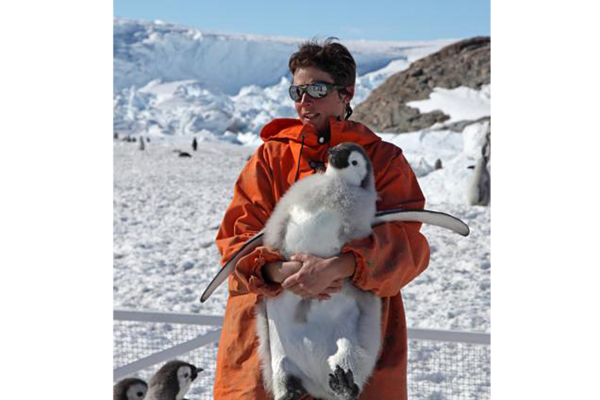 Has the last march of the emperor penguin begun?
Has the last march of the emperor penguin begun?The emperor penguin, the world's largest penguin, faces a dramatic population decline over the next 85 years, researchers say. Shrinking Antarctic ice sheets threaten the habitat and food sources of the emperor penguin.
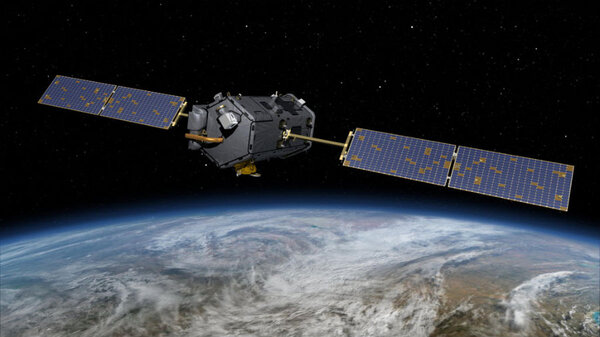 NASA to launch replacement global warming satellite
NASA to launch replacement global warming satelliteFive years after losing its first satellite designed to measure carbon dioxide levels in the atmosphere, NASA is finally launching a replacement.
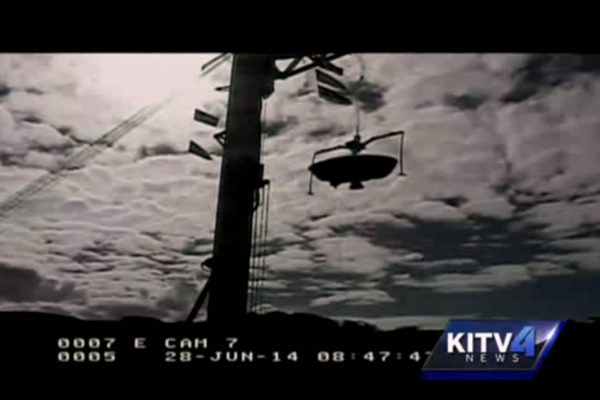 NASA declares first 'flying saucer' test a success
NASA declares first 'flying saucer' test a successNASA successfully launched a saucer-shaped space craft designed to prevent crash landings on Mars during test off the coast of Hawaiian island of Kauai.
- NASA tests 'flying saucer' landing for Mars vehicles
A NASA landing system that looks like a flying saucer was successfully tested over the Pacific Ocean Saturday.
- NASA 'flying saucer': A better way to land on Mars?
NASA is testing a 'flying saucer' and a giant parachute off the Hawaiian island of Kauai Saturday. The new test technology that could be used to land on Mars.
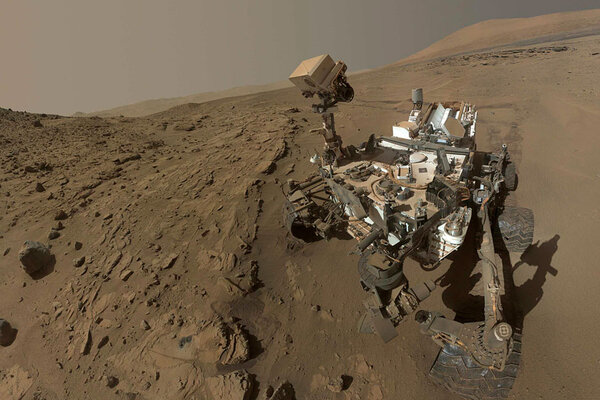 Was Mars once cold and wet? Scientists see evidence of Mt. Sharp glaciers
Was Mars once cold and wet? Scientists see evidence of Mt. Sharp glaciersThe researchers, who saw evidence of glaciers in images taken by orbiters, say NASA's Mars rover Curiosity could provide on-the-ground tests of the hypothesis when it reaches Mt. Sharp.
 How strong is gravity? Scientists devise new way to measure.
How strong is gravity? Scientists devise new way to measure.First postulated by Isaac Newton, the gravitational constant is thought to be a fundamental feature of our cosmos. But a precise measurement has long proven elusive.
- Minutes before blastoff, Russia scrubs launch of new rocket
Russia has postponed by 24 hours its debut of the Angora rocket after its computers automatically aborted the launch just minutes before it was set to lift off on Friday.


















